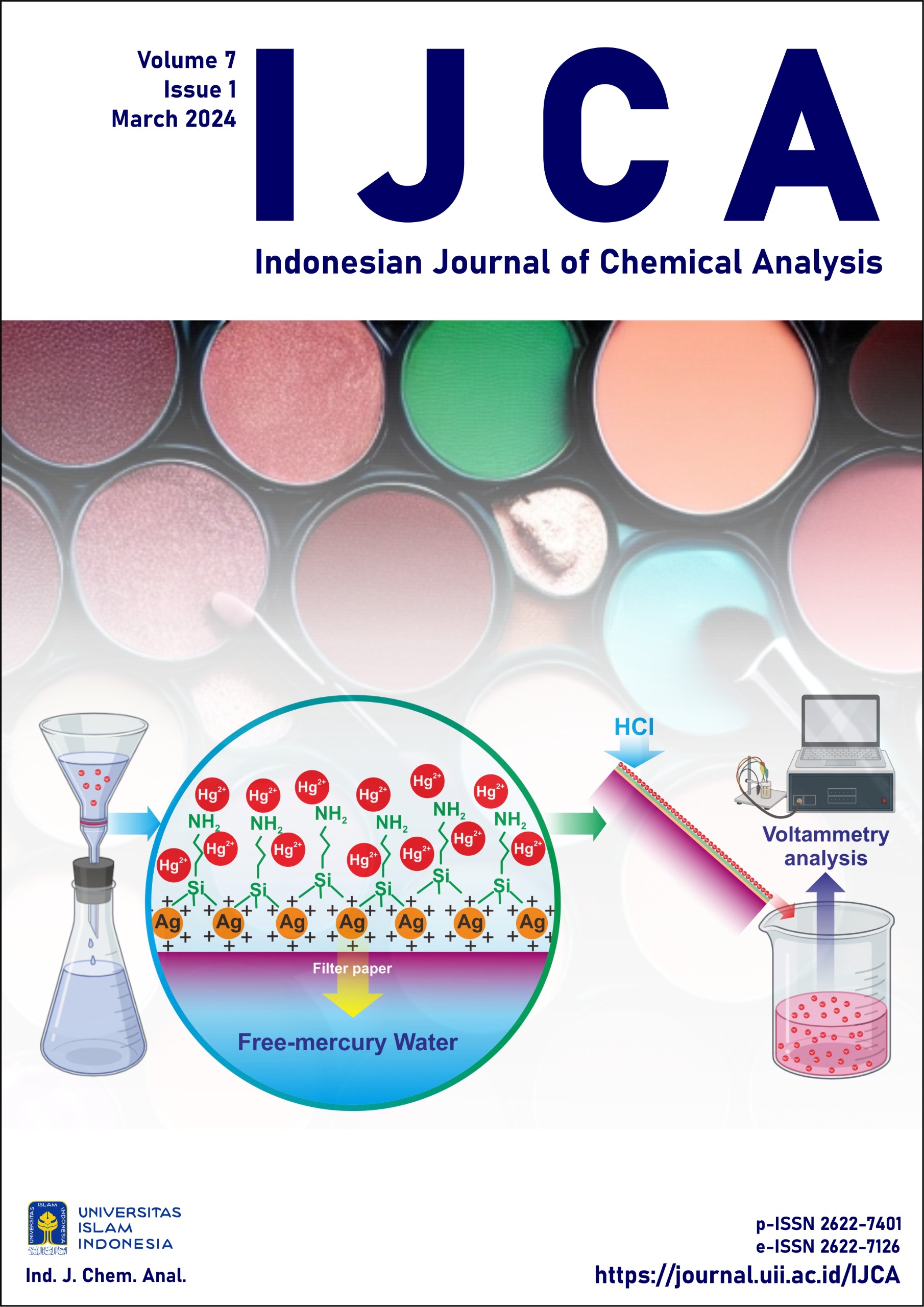Main Article Content
Abstract
This review provides a state-of-the-art summary of the role which zeolite plays as a catalyst via pyrolysis as a way of recovering fuels and chemicals from waste high and or low density polyethylene bags. It also highlighted the two types of zeolite (natural or synthetic) which are used as a two-stage pyrolysis−catalysis in giving a free waxing product to pure fuel and chemicals which can be subjected to further analyzing and or upgrading. As yield of oil/wax decreased with the addition of a zeolite as catalyst from 44 and 51 wt.%, (depending on the waste high density polyethylene “HDPE” or low density polyethylene bags “LDPE” and other factors). However, the composition of the pyrolysis−catalysis oils significantly increased in aromatic hydrocarbon content accordingly. In addition, the composition of the oils shifted from high molecular weight hydrocarbons (C16+) to fuel range hydrocarbons (C5−C15), with a high content of single-ring aromatic hydrocarbons such as benzene, toluene, ethylbenzene, xylenes, and styrene. This process shows great potential for production of fuels or chemicals, and also addresses the urgent issue of waste HDPE and or LDPE disposal.
Keywords
Article Details
Copyright (c) 2024 Umar Muhammad Jibreel, Amina Salihi Bayero, Musa Ibrahim Mohamaed, Bashir Audu Muzakkari

This work is licensed under a Creative Commons Attribution-ShareAlike 4.0 International License.
You are free to:
Share — copy and redistribute the material in any medium or format
Adapt — remix, transform, and build upon the material for any purpose, even commercially
Under the following terms:
Attribution — You must give appropriate credit, provide a link to the license, and indicate if changes were made. You may do so in any reasonable manner, but not in any way that suggests the licensor endorses you or your use.
ShareAlike — If you remix, transform, or build upon the material, you must distribute your contributions under the same license as the original
No additional restrictions — You may not apply legal terms or technological measures that legally restrict others from doing anything the license permits




